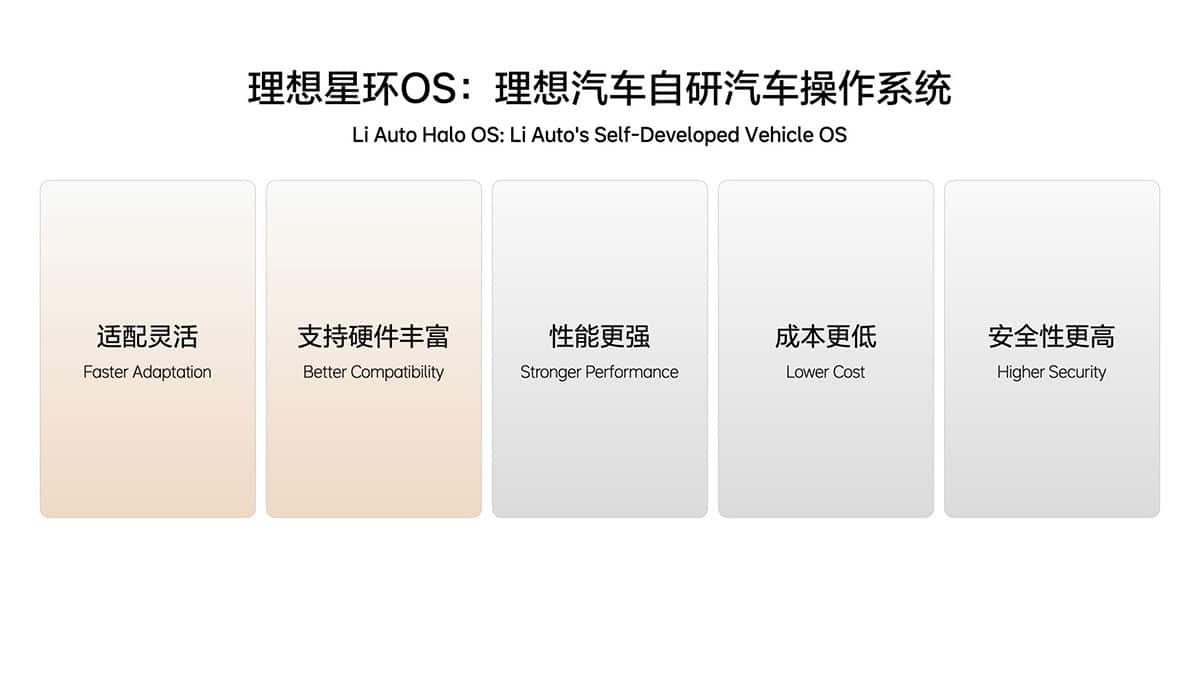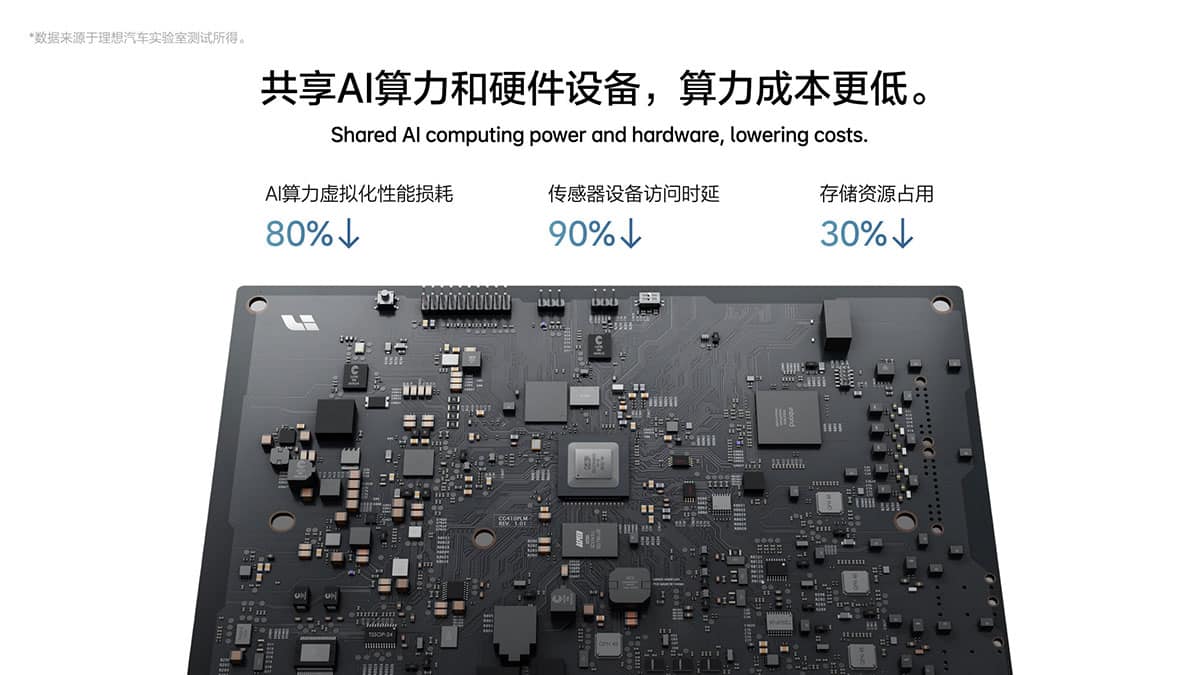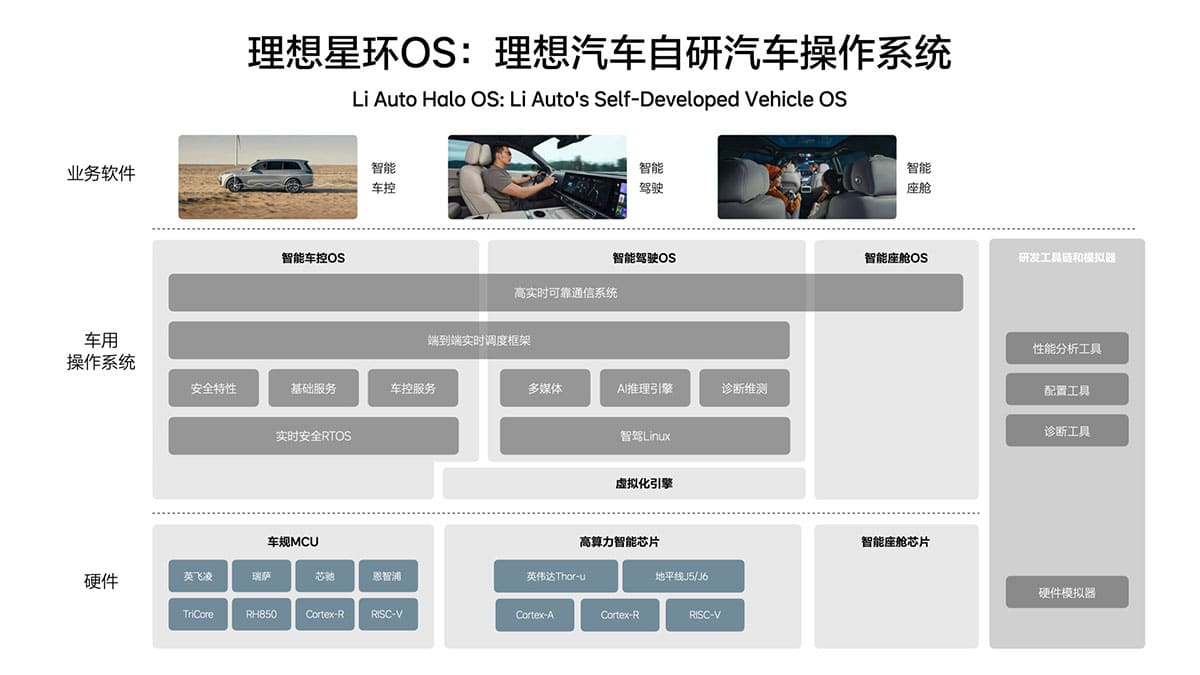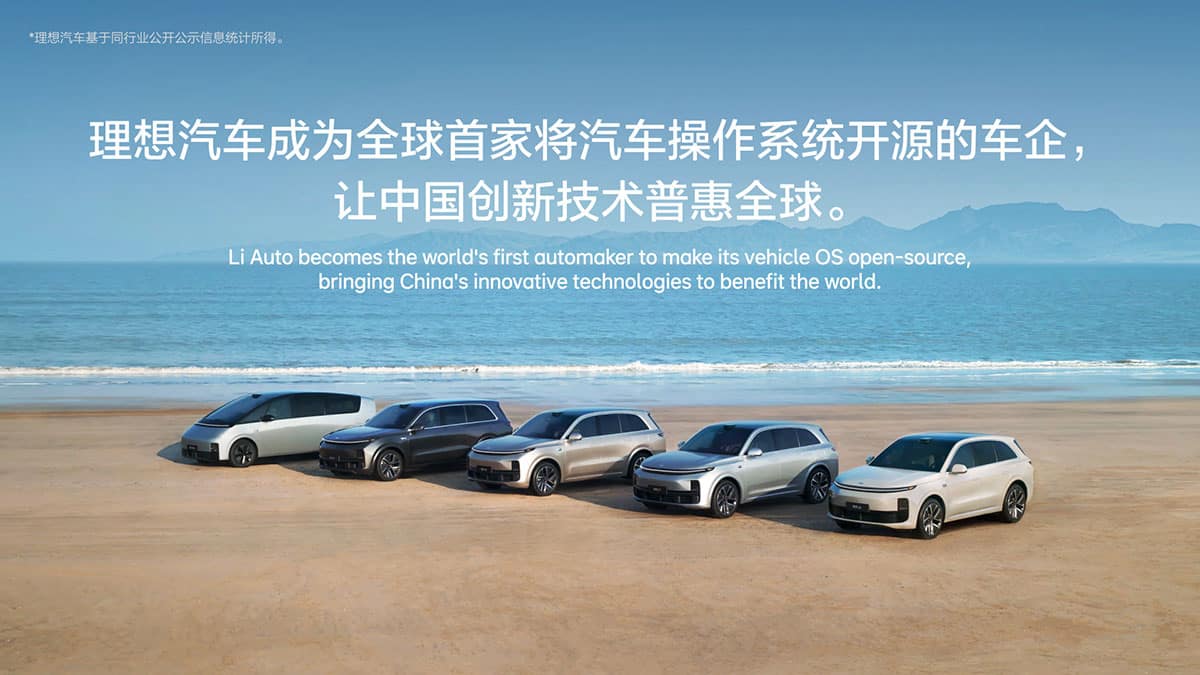- The open-sourcing of Halo OS is expected to help the automotive industry save RMB 10 billion to 20 billion in research and development resources each year, said Li Auto CEO.
- Li Auto expects Halo OS to be available in the open-source community starting at the end of April.
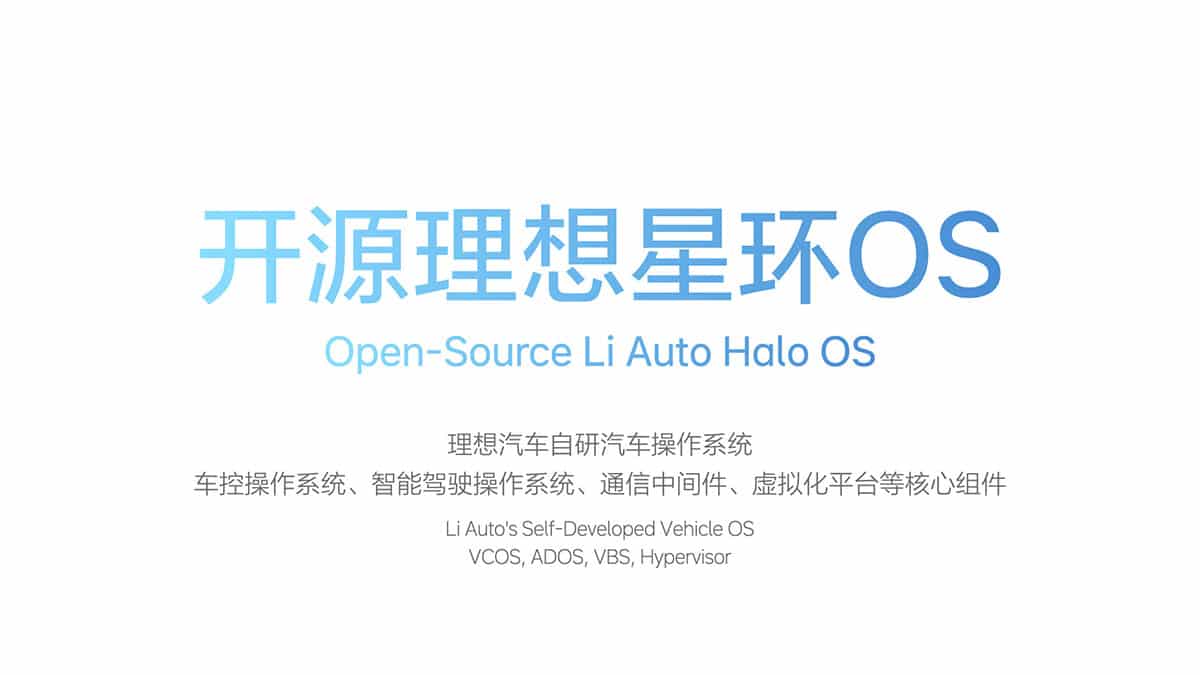
Li Auto (NASDAQ: LI) announced that it is open-sourcing its in-house developed automotive operating system Halo OS, in an attempt to challenge the position of AUTOSAR (Automotive Open System Architecture), the closed-source operating system leader in this field.
Li Xiang, the Chinese carmaker's founder, chairman and CEO, announced the decision in a speech at the opening of a forum in Beijing today, saying Li Auto is the world's first automaker to open source a vehicle operating system.
"We are willing to promote the open source of the vehicle operating system to achieve a new height of performance," Li said, according to the speech seen by CnEVPost.
This will provide a new technical platform and development tools for developers around the world and also represents Li Auto's confidence in its own technology, Li said.
Li Auto started developing its own automotive operating system in 2021 and has invested a 200-person R&D team and more than RMB 1 billion yuan ($138 million) in R&D expenses, according to Li.
The move stems from the supply chain crisis triggered by the global chip shortage in 2020 and the challenges posed by closed-source operating systems to chip adaptation and verification, he said.
Li Auto has completed the architectural design of Halo OS and implemented the first version for mass-produced vehicles in 2024, he said.
Compared with the closed-source AUTOSAR operating system currently used by a large number of traditional automakers, Li Auto's Halo OS leads in terms of core performance, security, cost efficiency, adaptability and flexibility, Li said.
AUTOSAR is a global development partnership established in 2003 by automakers, suppliers and software industry companies to create a standardized software architecture for automotive electronic control units (ECUs).
Li Auto makes the its vehicle operating system more powerful through an innovative cross-system architecture design, he said.
Li Auto significantly shortened the "perception-decision-execution" time by making multiple controller systems work together, and the response speed is twice as fast as AUTOSAR and the response stability is five times better, according to Li.
He used active safety functions as an example, saying that Halo OS can shorten the automatic emergency braking (AEB) braking distance by 7 meters at a speed of 120 kilometers per hour.
The system is supported by a variety of high-performance cryptographic algorithms, and its performance is 4-8 times higher than that of mainstream solutions, Li said.
Compared with traditional solutions, Halo OS's AI computing power virtualization performance loss is reduced by 80 percent, sensor device access latency is reduced by 90 percent, and storage resource occupation is reduced by 30 percent, he said.
Compared to the 3-6 month adaptation cycle for new chips under closed source operating systems, the system can complete chip adaptation and verification within four weeks, according to Li.
Li also mentioned the potential of Halo OS to reduce costs, saying that the system can save companies tens of billions of RMB in material costs each year, and ultimately save consumers the cost of purchasing cars.
The open-source nature of Halo OS is expected to help the automotive industry save RMB 10 billion to RMB 20 billion yuan in annual R&D resources from repeated investment, and break down the technical barriers under closed source systems, Li said.
Li Auto expects Halo OS to be available in the open-source community starting at the end of April, with open-source modules that will include core components such as the vehicle control operating system, smart driving operating system, communication middleware, and virtualization platform.
It is worth noting that Li Auto's local counterpart Nio (NYSE: NIO) released its own automotive operating system in September 2023, which is China's first intelligent electric vehicle operating system.
Nio calls its operating system SkyOS, saying that it is its full-domain operating system, covering multiple fields including vehicle control, smart driving, cockpit, and mobile Internet.
Nio's first-generation vehicle platform NT 1.0 achieved mass production of some of the middleware for SkyOS, and the second-generation NT 2.0 platform achieved mass production of the lightweight, highly reliable, and highly real-time operating system SkyOS-L, it said.
The full-featured SkyOS will be equipped on Nio's models based on the next-generation NT 3.0 platform, the company said at the Nio IN 2023 event on September 21, 2023.
($1 = RMB 7.2634)

